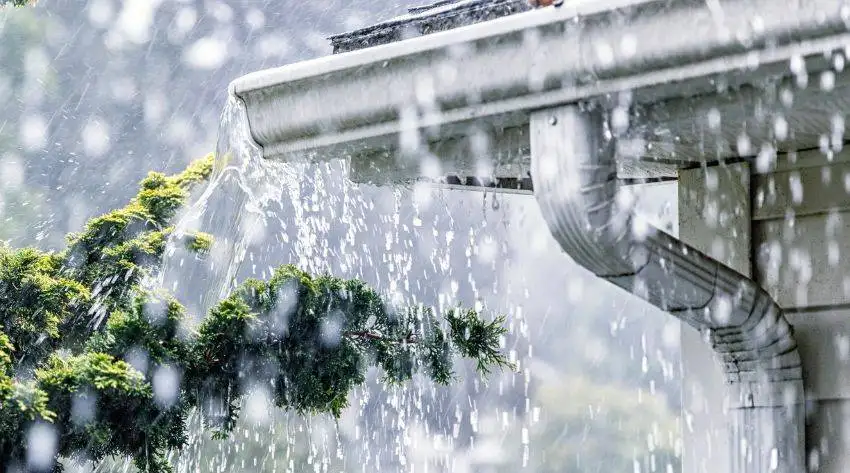If you’re reading this article from outside of Queensland, Australia, you will be disappointed if you’re looking for winter roofing solutions that include snow and ice. Brisbane is located at the top of the East Coast of Australia. That means humidity and two seasons; warm and not so warm.
Our cousins in the southern states vacation here in winter to escape the cold, but for us locals winter is winter. It’s colder than summer and brings with it a range of roofing problems that may not be as problematic in the warmer months.
In terms of rain, winter is not our rainy season. That would be December to February each year. Tropical climates come with tropical weather, which means more rain in summer. However, should there be any major problems with your roof, you don’t want them in winter. Why? Because the cold air is more likely to penetrate through your roof, reducing the efficiency of your heating and making for a chilly winter.
Common Winter Roofing Problems In Brisbane
As mentioned, ice and snow do not cause roofing problems in Brisbane, simply because we don’t get snow! That doesn’t mean a winter in a tropical climate doesn’t come with its own unique set of roofing problems. Common winter roofing problems in Brisbane include:
Heavy Rainfall: Tropical regions often experience heavy rain during the winter season. If the roof is damaged or has missing shingles, it can lead to leaks and water infiltration. Proper waterproofing and regular roof maintenance are crucial to prevent water damage.
High Humidity: Tropical climates are known for their high humidity levels. Excessive humidity can lead to the growth of mould and mildew on the roof, especially in shaded areas. Adequate ventilation via a correctly installed (and quality) whirlybird will help minimise moisture buildup.
Tropical Storms and Hurricanes: Strong winds and heavy rains associated with winter storms can cause significant roof damage, including shingle loss, uplift, or even structural damage. Reinforced roofing materials and proper installation techniques are essential in areas prone to tropical storms. Arrange a free roof inspection if you suspect any structural damage.
Sun Damage: While winter temperatures may be milder, tropical regions often have intense sunlight year-round. Prolonged exposure to ultraviolet (UV) rays can cause roof materials to deteriorate, leading to cracking, fading, and reduced lifespan. Choosing UV-resistant roofing materials and applying protective roof coatings can help mitigate sun damage.
Vegetation and Debris: In tropical climates, vegetation tends to grow rapidly, including trees near houses. Overhanging branches can scrape and damage the roof surface while falling leaves and debris can clog gutters and downspouts. Regularly trimming trees and clearing debris can prevent roof damage and ensure proper drainage.
Corrosion and Salt Damage: In coastal tropical areas, saltwater and high levels of humidity can lead to accelerated corrosion of metal roofs or roofing components. It’s crucial to choose corrosion-resistant materials and perform regular roof inspections to address any signs of rust or corrosion promptly.
To protect your roof in a tropical winter climate, regular roof inspections, prompt roof repairs of any damage, and routine maintenance are essential. Consulting with local roofing professionals who are familiar with the specific challenges of your region can provide valuable insights and guidance on the best practices for maintaining a healthy roof in a tropical environment.

